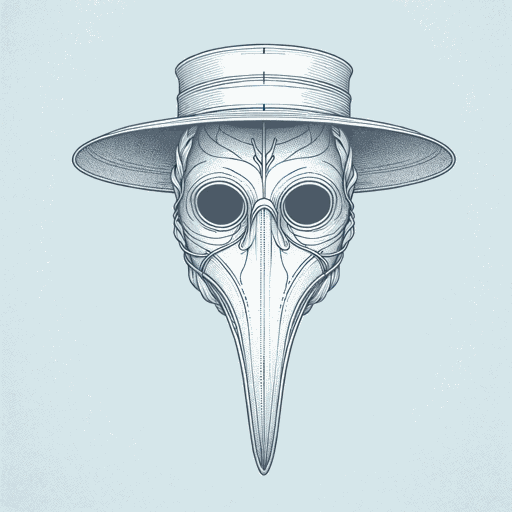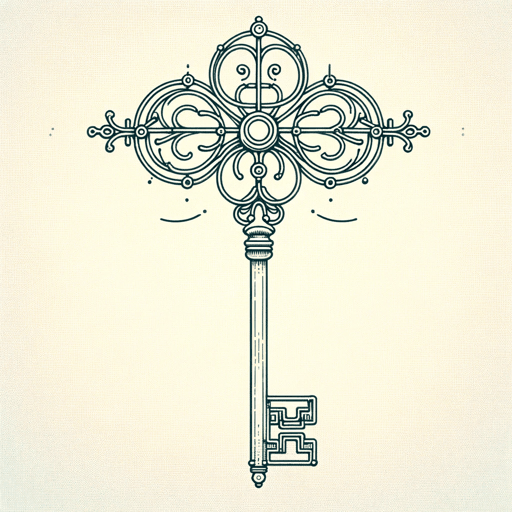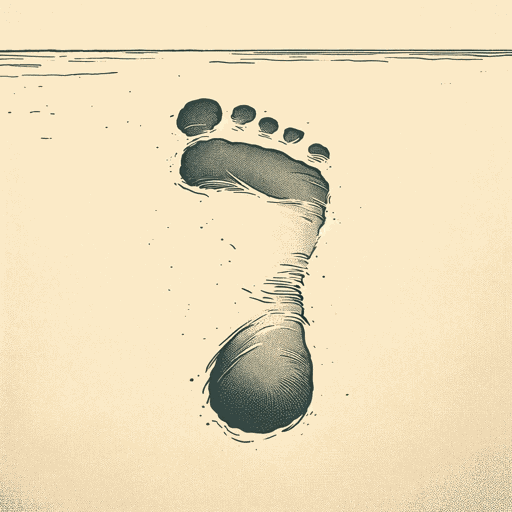30 pages • 1 hour read
Daniel DefoeA Journal Of The Plague Year
Fiction | Novel | Adult | Published in 1722A modern alternative to SparkNotes and CliffsNotes, SuperSummary offers high-quality Study Guides with detailed chapter summaries and analysis of major themes, characters, and more.
Symbols & Motifs
Bills of Death
Bills of Death for the various neighborhoods in and around London—and in England more broadly—appear throughout the text. These bills require close reading, as they include hidden information: for example, deaths listed under other diseases might be deaths by the plague that are intentionally concealed by families or the government. Likewise, a decline in deaths in some neighborhoods may indicate the end of the illness. These statistics are thus a tool for “divination,” similar to the dreams and astrological charts that Defoe dismisses outright, although they are of course based more strongly in reality.
Self-Preservation
Many of the stories the narrator praises are those of self-preservation. The story of John the Biscuit Baker is exemplary in this respect. The narrator praises those who anchor their ships, close up their houses, and store up sufficient provisions to resist the communication of disease.
At various points, the narrator writes that his journals should serve as a sort of advice towards future generations. Although he at various points celebrates the fact that London was not entirely deserted and condemns doctors and clergymen who left, his final advice does suggest that the best medicine for the plague is to run away from it.
Related Titles
By Daniel Defoe




